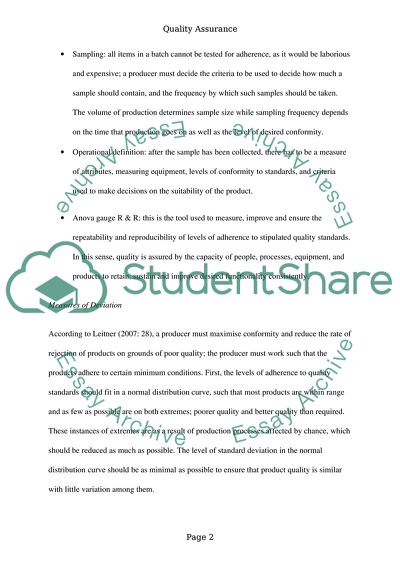Cite this document
(SPC and Acceptance Sampling Assignment Example | Topics and Well Written Essays - 1500 words, n.d.)
SPC and Acceptance Sampling Assignment Example | Topics and Well Written Essays - 1500 words. Retrieved from https://studentshare.org/marketing/1770396-quality-assurance
SPC and Acceptance Sampling Assignment Example | Topics and Well Written Essays - 1500 words. Retrieved from https://studentshare.org/marketing/1770396-quality-assurance
(SPC and Acceptance Sampling Assignment Example | Topics and Well Written Essays - 1500 Words)
SPC and Acceptance Sampling Assignment Example | Topics and Well Written Essays - 1500 Words. https://studentshare.org/marketing/1770396-quality-assurance.
SPC and Acceptance Sampling Assignment Example | Topics and Well Written Essays - 1500 Words. https://studentshare.org/marketing/1770396-quality-assurance.
“SPC and Acceptance Sampling Assignment Example | Topics and Well Written Essays - 1500 Words”, n.d. https://studentshare.org/marketing/1770396-quality-assurance.


